Odyssey of "three-inch"
The “trendsetter” at the time was the French Schneider 75-mm cannon of the 1897 model of the year. For the first time in the world, a hydropneumatic recoil brake was used in the construction of the gun. Now the carriage did not move after each shot, and the gunners could start reloading immediately after the barrel returned to its original position.
In Russia, they also developed their tactical and technical requirements for the rapid-fire field gun. It was assumed that this would be a three-inch caliber gun (76,2 mm) and with a mass in the stowed position of no more than 1900 kg.
According to the test results, the gun of the Putilov factory was recognized as the best. Despite the fact that it was a big step forward in comparison with the field gun of the 1877 model of the year in service, the carriage retained its outdated design, since the barrel did not roll back along the canal axis (as in the French cannon), but parallel to the frame. She received her baptism of fire in the 1900 year, when one battery armed with guns of this type went to China to suppress the boxing rebellion.
Operation of the artillery system in the army revealed the need to change the design of the gun carriage. Under the guidance of an outstanding artillery scientist Nikolai Zabudsky, an improved version of the gun was developed. First time in stories Russian land artillery recoil occurred along the axis of the barrel. After the military tests, the artillery system was adopted under the name "3-inch field gun model 1902 of the year."
Mass production has unfolded since 1903. The experience of the Russo-Japanese War demanded the installation of a shield to protect the gunsmiths. Another consequence was the introduction of a high-explosive grenade into the ammunition, while previously the main ammunition of the artillery system was shrapnel stuffed with 260 bullets. Shooting this type of ammunition, the 8 three-inch gun battery could destroy the infantry battalion or cavalry regiment “in an area of up to two kilometers along the front and no more than 1000 steps deep” in minutes. However, shrapnel was completely impotent against the enemy, protected by even the lightest shelters.
During the First World War, the 3-inch gun of the 1902 model of the year became the main tool of the Russian field artillery. Already in the first months of hostilities, the consumption of shells repeatedly exceeded all pre-war calculations. In 1915, a "shell hunger" broke out. However, by 1916, an increase in production at Russian factories in combination with active purchases abroad led to the fact that the reserves of shells began to significantly exceed the needs of the front. Therefore, part of the ammunition for the "three-inch" was stored for long-term storage and then used even during the Great Patriotic War.
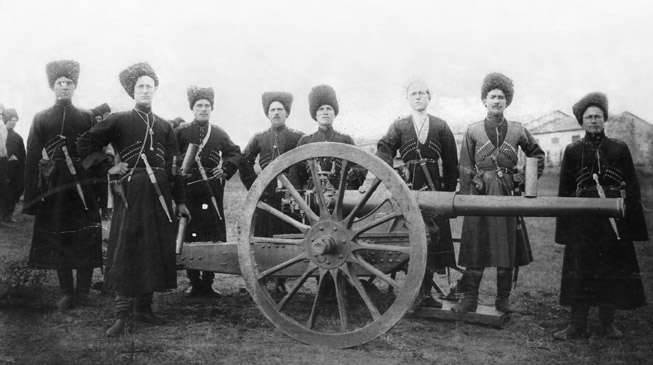
The First World War very quickly acquired a positional character when the troops burrowed into the ground "from sea to sea." In the current situation, the value of the “three-inch” ones intended for the flooring fire has decreased - howitzers began to take the lead. But the outbreak of the Civil War was extremely maneuverable, which again made the 76-mm cannon of the 1902 model of the year “the queen of the battlefield”. It was actively used by all belligerents.
Nevertheless, by the middle of the 1920-ies, the gun no longer met the requirements of time, especially with regard to the firing range. There was an acute question of modernization. The most logical way to increase the firing range was an increase in the caliber and weight of the projectile. In particular, the distinguished designer of artillery weapons, Rostislav Durlyakhov, in 1923, offered to switch to 85-mm divisional guns. However, the economic arguments prevailed over the technical ones. Despite the recently decimated Civil War, huge stocks of 76-mm shells of pre-revolutionary production remained in the warehouses. Therefore, the designers were required to create a cannon capable of firing the already existing ammunition.
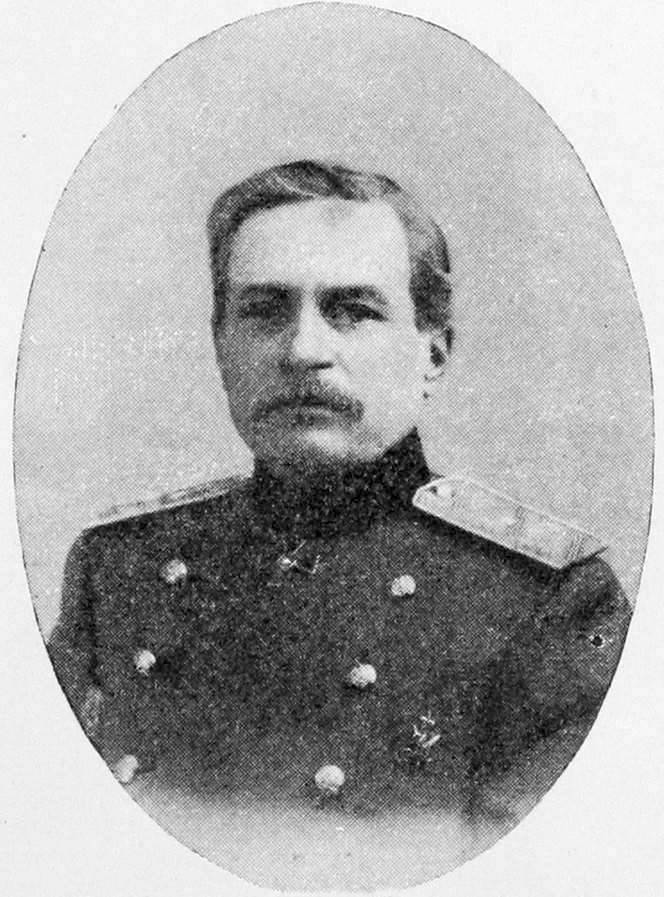
At the first stage, the modest possibilities of the then domestic industry made it necessary to confine themselves only to the modernization of the existing tools. We stopped at the version proposed by the design bureau of the Motovilikhinsky plant under the leadership of Vladimir Sidorenko. Its distinctive feature is the ability to use both the old model (30-long in caliber) and the new 40-caliber. The new artillery system received the name "76-mm divisional gun model 1902 / 30's." The guns with the 30-caliber barrel were produced only in the 1931 year, then switched to the 40-caliber guns. As a result, the firing range increased to 13 km.
Unfortunately, the modernized cannon has retained most of the shortcomings of the old artillery system, the main of which should be considered as a single-bar carriage limiting the horizontal guidance angles and the unshaft wheel drive. Although the production of the 76-mm 1902 / 30 model guns was completed in the 1937 year, the artillery system continued to remain in service for a considerable time. At the time of the start of World War II, 4475 guns of this type were in Soviet units.
Despite improved performance, the 76-mm 1930 model gun of the year did not satisfy the military leadership. Its range continued to be considered insufficient, and a small angle of elevation of the barrel did not allow firing at the infantry located behind the shelters. Mikhail Tukhachevsky, who was appointed to the post of Chief of Armaments of the Red Army in 1931, wanted to get a universal (capable of firing like a cannon and howitzer) 76 – 102 mm gun. It should be noted that such an idea was inherently deeply flawed, since the design of the 76-mm unitary ammunition available in the warehouses simply did not allow the variable charge needed for firing at the "howitzer". Although at that time in some countries they were fascinated by the “gauging” of field guns, it is perhaps only the creation of the 75-mm FK 16 nA cannon in Germany that can relate to relatively successful experiments. But the Germans, first, initially used not unitary, but separate-sleeve loading, secondly, they considered their gun as “ersatz” for reserve formations, while the units of the first line immediately planned to arm 105-mm howitzers. However, such arguments did not stop M.N., who was prone to various adventurous decisions. Tukhachevsky, and, as subsequent events showed, he could well claim to be the “evil genius” of the Soviet artillery of the interwar period.
Carrying out the task, under the guidance of the previously mentioned V.N. Sidorenko produced an 76-mm barrel with a X-NUMX-long caliber overlap on the 50-mm howitzer of a 122 / 1910 howitzer. As a result, the firing range in comparison with the 30 / 1902 model cannon increased quite insignificantly - to 30 km, and these changes were purchased at the price of an increase in the 13,58 kg weight of the gun in combat position. Nevertheless, the head of the Red Army’s arms ordered the artillery system to be adopted under the name “300-mm divisional gun of the 76 model of the year” and to launch mass production.
A fantasy M.N. Tukhachevsky continued to beat the key. He demanded to develop tactical and technical requirements for a universal cannon with a circular fire and semi-universal without a circular fire. In this case, “universality” was understood as the ability to fire not only at ground targets, but also at air targets. A peculiar attempt to get a tool that simultaneously combines the functions of a hammer and a sledge hammer!
The first sample 76-mm universal gun developed at the factory "Red Putilovets". The desire to fulfill the frankly delusional requirements led to an increase in the mass in the combat position to 3470 kg - the value is simply unacceptable for the divisional gun. Further work stopped. A similar fate befell other projects.
The fate of the GKB-38 development was somewhat different. They designed two guns: the universal A-52 and the semi-universal A-51, and the factories No. 8 and No. 92 produced one prototype each. In 1933, the GKB-38 was liquidated, and the premises and equipment were transferred to the developers of recoilless guns. Indeed, by that time M.N. Tukhachevsky was running with his new fantasy - to re-equip the whole artillery with dynamo-active (recoil-free) guns, and he was not embarrassed by the fact that none of the numerous projects “recoilless” had brought it “to mind” The designs of Leonid Kurchevsky very quickly demonstrated their extremely low combat qualities.
In January, 1934 of the employees of the liquidated GKB-38 formed the design bureau of the plant No. 92 "New Sormovo". The team was assigned to the then young and novice designer Vasily Grabin. At the first stage, they began to refine the semi-universal A-51 cannon, which received the new F-20 index. But it soon became clear that it was unlikely that a good artillery system would turn out from the F-20, and at the same time they began to develop a new F-22 cannon. 14 June showed a demonstration of guns to the top leadership of the USSR, headed by Joseph Stalin. And there was a sensation! Bypassing the numerous developments of venerable designers, the F-22, designed by the then little-known VG, turned out to be the best gun. Grabin, and even on its own initiative. By 22 on April 1936, the military trials were completed, and the F-22 was put into service under the name "76-mm divisional gun of the 1936 model of the year." Gross production was organized at once in three factories.
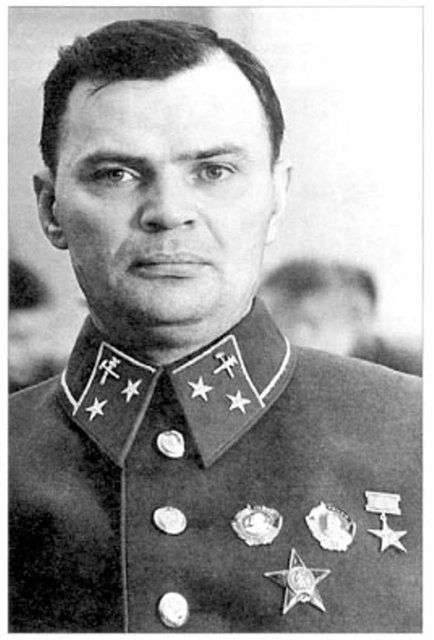
After the arrest of M.N. Tukhachevsky's idea of divisional artillery universalism died of its own accord. And during the operation of the F-22 in the army, such a design flaw as a greater weight compared to the 1902 / 30 model gun came out on top. In reality, the military needed a modern cannon with the ballistics of an 40-caliber gun of the 1902 / 30 type with a mass in combat position not more than 1500 kg. In an emergency order V.G. Grabin began to design a new artillery system, which he assigned to the factory index F-22 SPM, trying to emphasize this, that he was just improving F-22. In fact, SPV was a completely different sample. And again, the talented designer went around all the competitors. The gun was adopted under the name "76-mm divisional gun model 1939 of the year" and launched mass production, but after making 1150 copies at the beginning of 1941, the production was discontinued, since it was planned to switch to divisional guns of a larger caliber - 107 mm.
However, V.G. Grabin understood that the 107-mm gun would be very heavy for the divisional level. Therefore, at the end of 1940, he began to implement perhaps his most remarkable idea - the imposition of an 76-mm barrel with a length of 40 gauges on the carriage of an 57-mm anti-tank gun ZIS-2. Such a solution immediately gave a lot of positive results: the reliability of the artillery system increased, the work of calculation was facilitated, the production was considerably simplified and cheapened, the conditions for the production of guns were created for the first time in the history of artillery production.
The prototype was ready in June 1941 of the year, and a month later it passed field testing. 22 July, it was demonstrated to Marshal Grigory Kulik. Despite the excellent results of the show, he said that the army did not need a new weapon. The logic of the marshal in this case defies any reasonable explanation - after all then the catastrophic losses of the Red Army artillery park were known due to the start of the Great Patriotic War unsuccessful for the USSR.
In this situation, Vasily Grabin and plant manager No. 92 Amo Elyan went to an unprecedentedly bold decision - they voluntarily launched mass production. It is not known how events could develop further, but on August 10 I.V. Stalin personally called the plant. For such an unusual step, he had weighty reasons - the situation on the fronts continued to be very difficult, the guns for the army were taken away even from museums. The Supreme requested a sharp increase in the number of guns produced, while agreeing on a decline in quality. And here the new gun turned out to be most welcome. This allowed the plant to increase the number of guns produced by 1941 by the end of 5,5. Until the end of the war, the domestic industry produced about 48 thousand guns of this type, which received the name "76-mm divisional gun of the 1942 model of the year (ZIS-3)".
But the reduction in quality, for which, for the sake of mass production, I.V. Stalin, while this did not happen. The gun has proven itself in battles not only as a divisional, but also as an anti-tank weapon. The Germans nicknamed ZIS-3 "ratsh-boom" because the projectile hit the target before the sound of the shot reached, and the chief engineer of the Krupp corporation artillery department Professor Wolf was forced to recognize it as the best weapon of the Second World War.
In our time, ZIS-3 can be seen not only on pedestals in honor of the heroes-gunners. Part of the guns of this type continues to be in service with several countries.
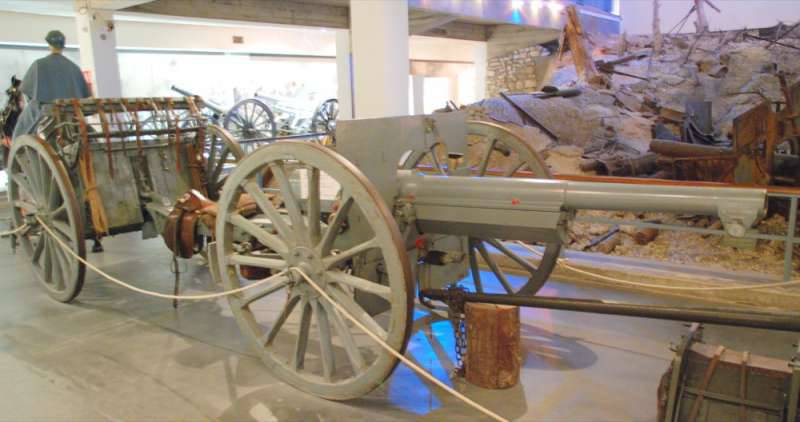
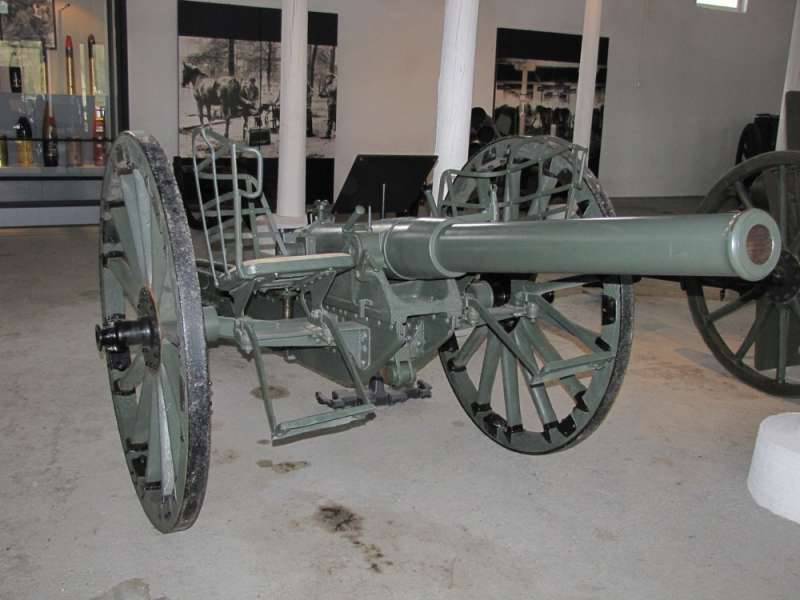
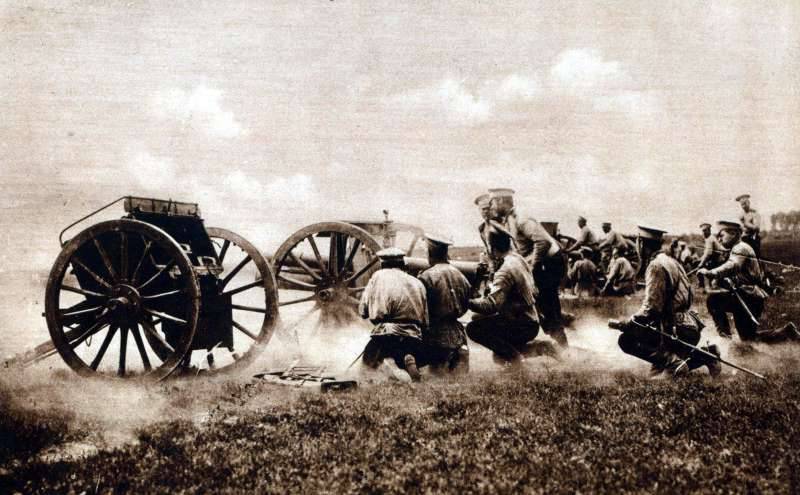
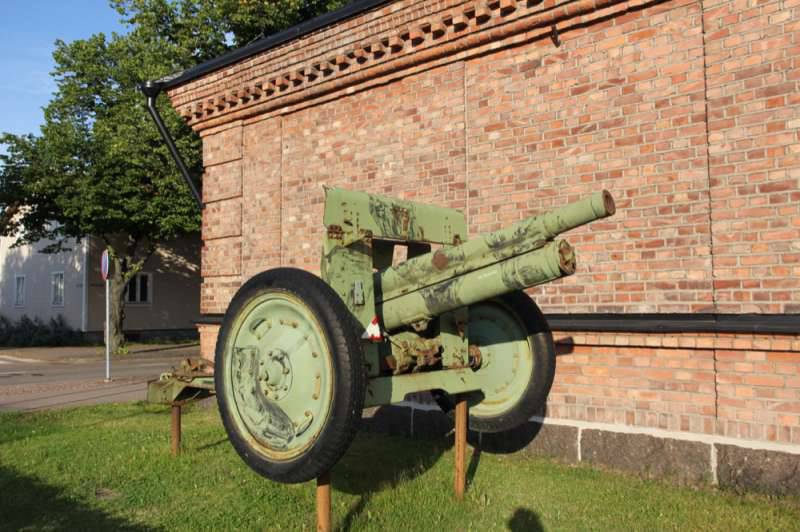
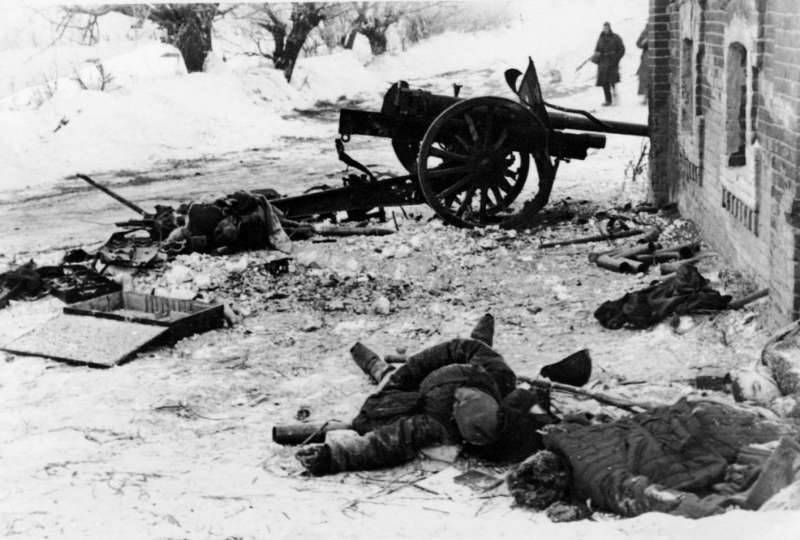
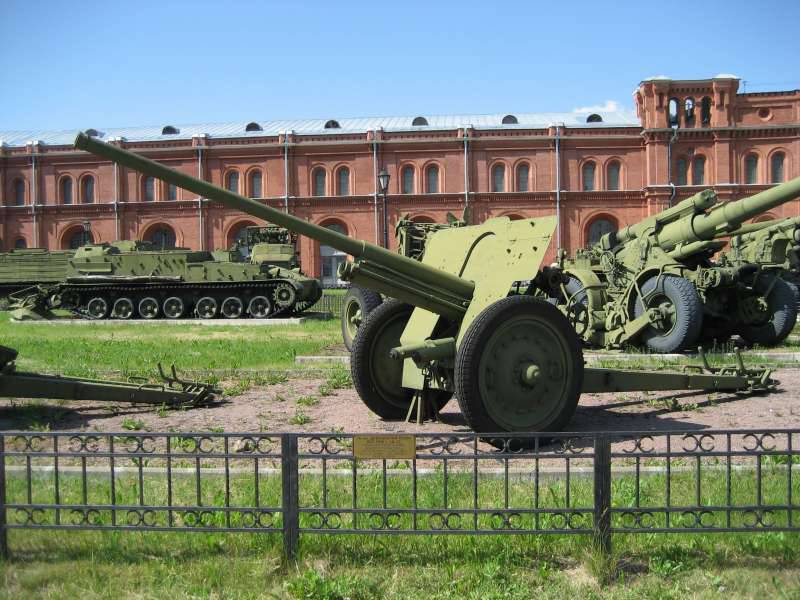
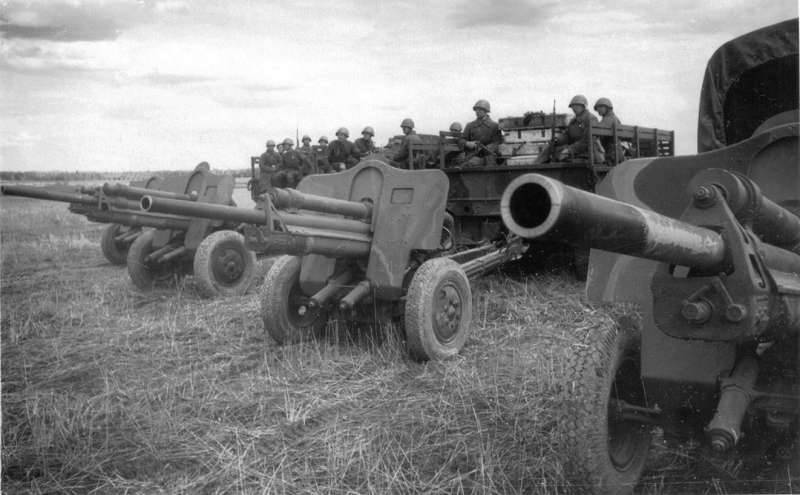
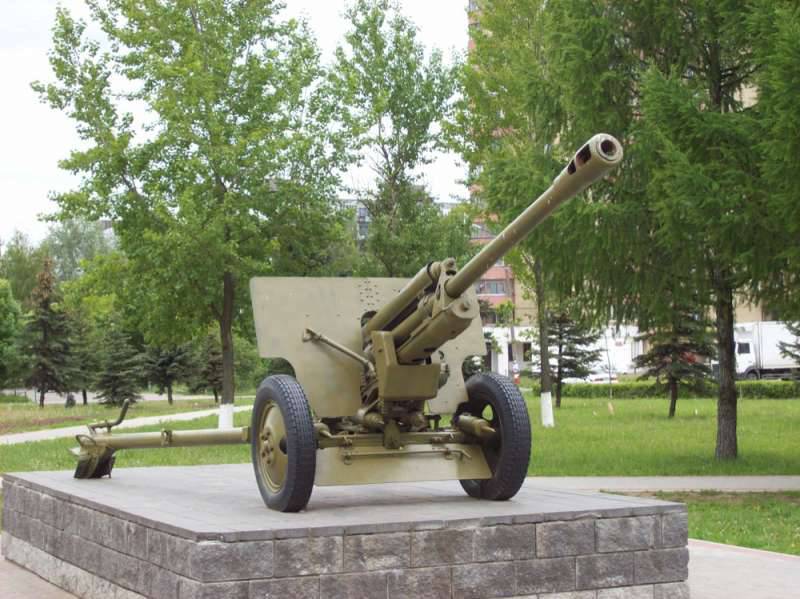
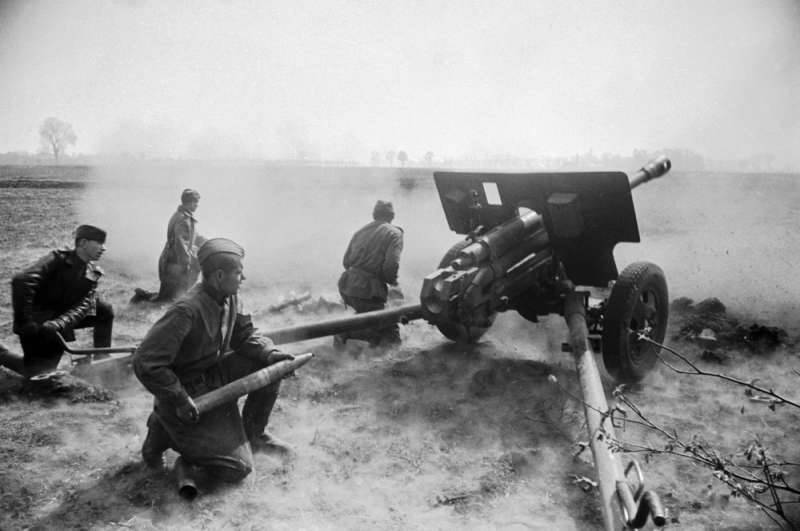
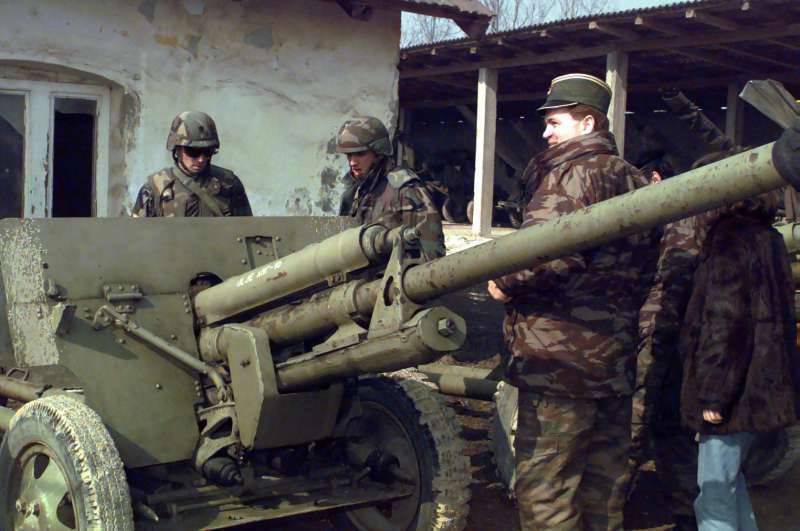
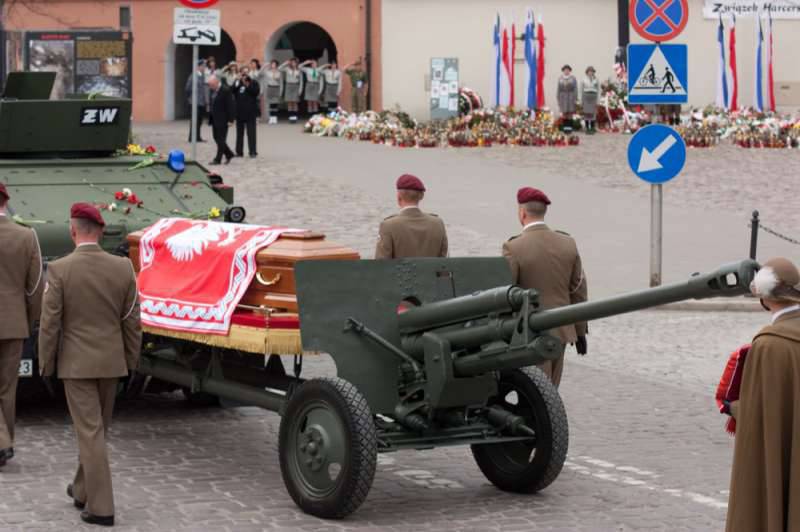
Information